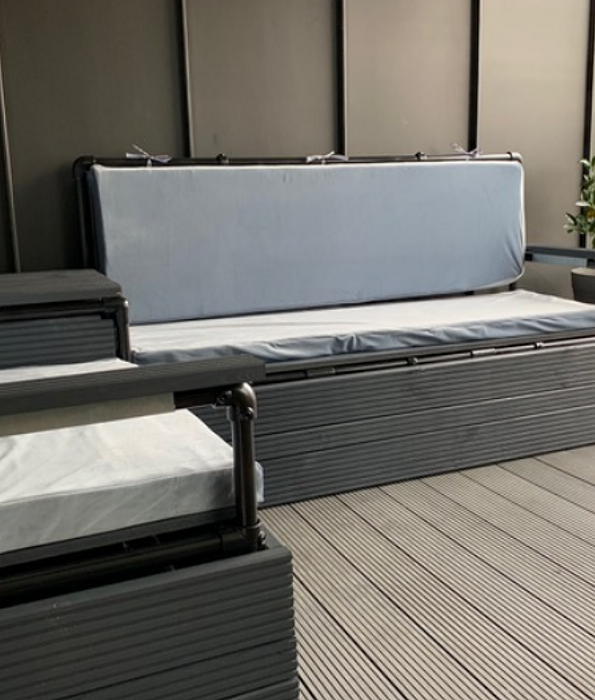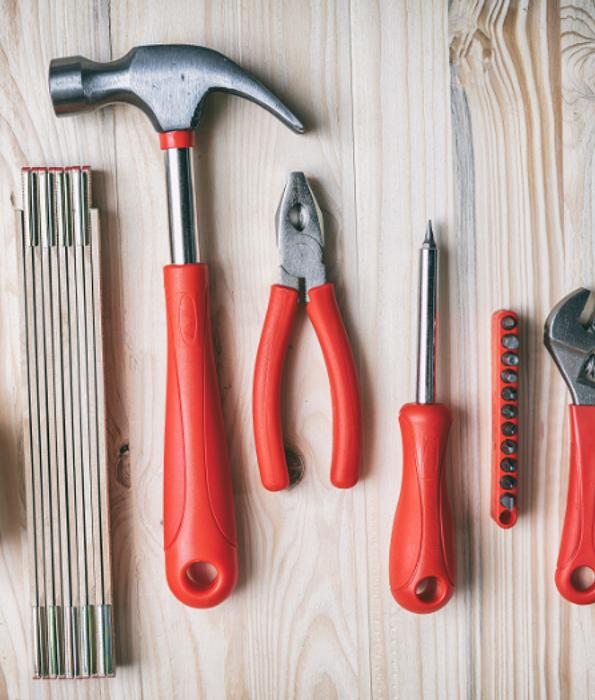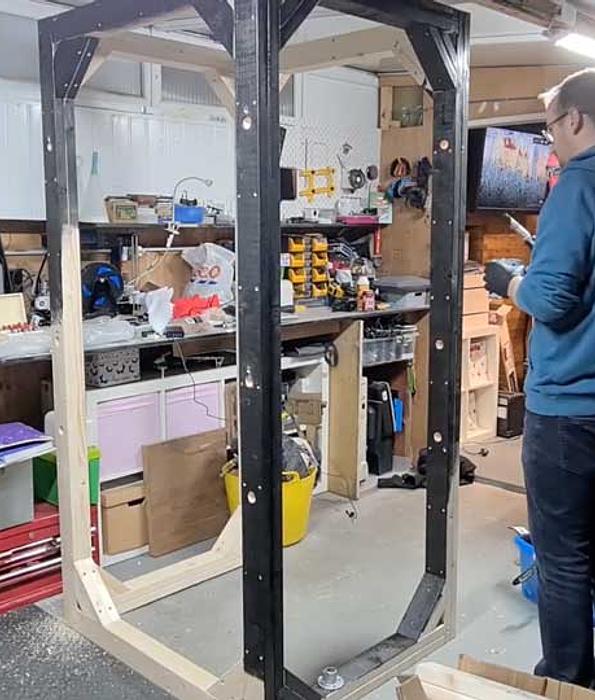How to Treat Scaffold Boards for Your DIY Project
52% of homeowners save money through DIY projects, which is becoming more important during the current cost of living crisis. Whether you want new flooring in your kitchen, a lick of fresh paint on your front door or a new kitchen splashback, doing it yourself is a great way to save money. Your renovations can continue, but you don’t have to splash the cash on hiring expensive help.
One trend that we’re increasingly seeing is the use of scaffold boards in DIY projects around the home – such as for shelves, seating, decking and shoe racks. Scaffold boards offer a cheap alternative to buying wood from your local home improvement store. It’s an affordable, reliable solution, with longevity and a modern, industrial edge. While scaffold boards do need to be treated first, it’s much easier than you think. Read on to learn how to treat scaffold boards…
Article in brief
Scaffold wood is an affordable, durable and stylish option for your home.
It’s easy to prepare by sanding down to remove roughness.
Oils, varnishes and wax can be used to treat indoor scaffolding boards.
Outdoor scaffolding boards require a water-based or oil-based sealant.
Use a bristle brush or lint-free cloth to apply your choice of treatment.
Benefits of using scaffolding board
Covering everything from shelves, tables, and chairs to outdoor benches and decking – scaffolding has solidified itself as a household staple, with a cool, contemporary twist. And it’s easy to see why...
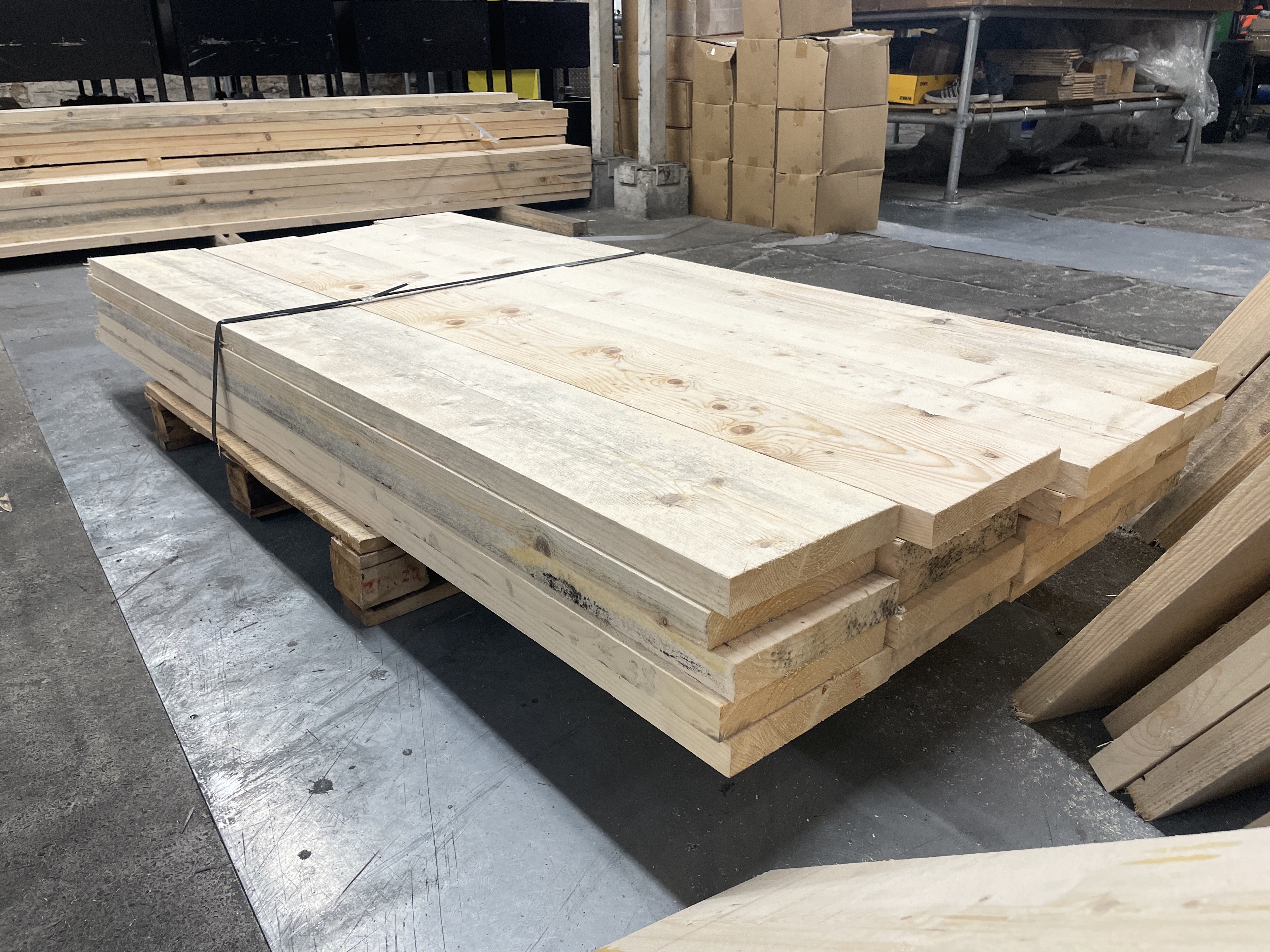
How to prepare scaffold boards for treatment
Preparation
The first step is preparation. Establish your project goals and what you're seeking to achieve. Are you looking for garden renovation or interior work? Do you want to spruce up the home with sleek, bespoke shelving? Or will your scaffold boards be used to create durable outdoor furniture?
You'll need to define the length and width you need to complete the project. What are the exact measurements needed to fill your space? If you’re new to DIY, you might be wondering where to buy the appropriate timber. Boards are easy to find at online scaffold suppliers, like The Metal Store.
Scaffolding boards are available in 7 standard lengths. But they can be cut to meet your project requirements. If you’d prefer them already cut to size, we can help with unlimited free cutting across our scaffolding boards. No matter what size the project, you’ll find the right timber to support your DIY needs.
Sanding
When treating the wood, sanding is necessary to achieve a smooth, professional finish. It removes the roughness, making your boards safer as well as more pleasing on the eye. Consider using an orbital or belt sander to speed up the process. Manual sanding could prove challenging, depending on the size of your project.
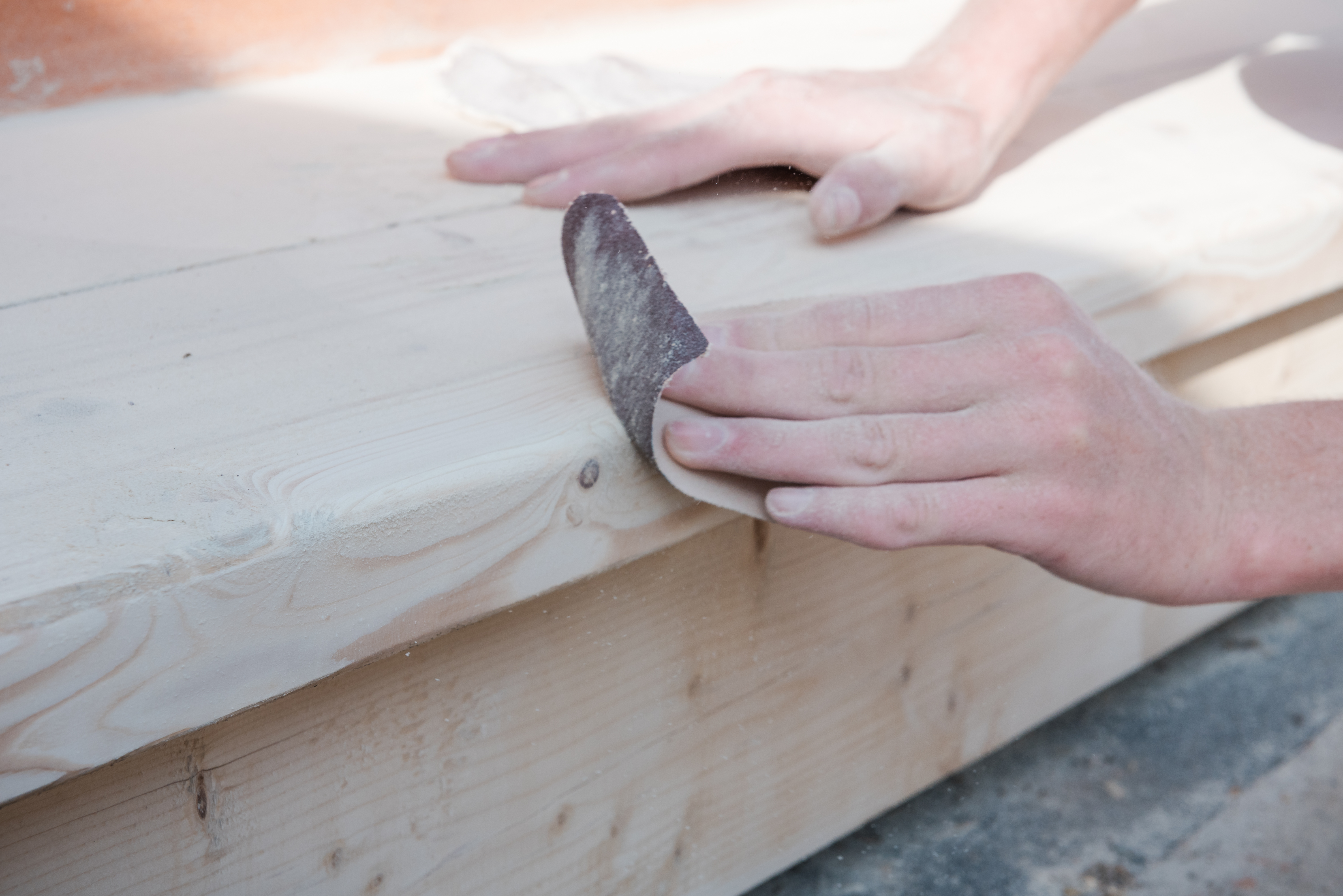
Treatment – indoor vs. outdoor
Whether you’re looking to enhance character or extend durability, choosing the right finish is a matter of preference. There is no right or wrong here – individual taste plays a huge role in finding the ideal solution. It also depends on what colour and style you’re looking for:
So, depending on whether your project is inside the home or outside – there are a few factors to consider.
Interior
For indoor furnishings, staining is the ideal way to give your project character. This is where creative autonomy takes a front seat.
Scaffold board is more textured than other timber and oils can be better at penetrating the surface. However, oil tints, varnishes and wax all produce a different finish – and the ideal output is a matter of personal taste...
Whether you’re searching for practicality or innovation, the treatment will provide a specific outcome, suited to individual preference.
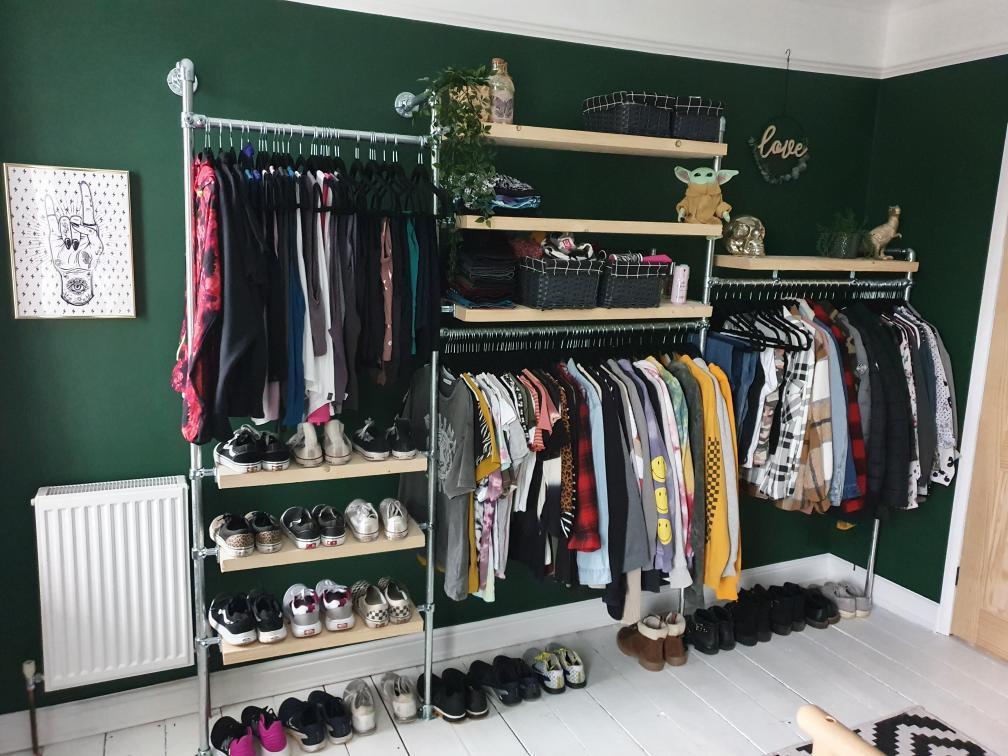
@ahouseofpureimagination
Exterior
When it comes to outdoor projects, sealing and protection play different roles. Wood sealer becomes more of a necessity, as weatherproofing is a big aspect to consider.
The most popular choices are generally water-based and oil-based solutions for outdoor furniture. Here are the pros and cons of each…
Oil-based sealer
Water-based sealer
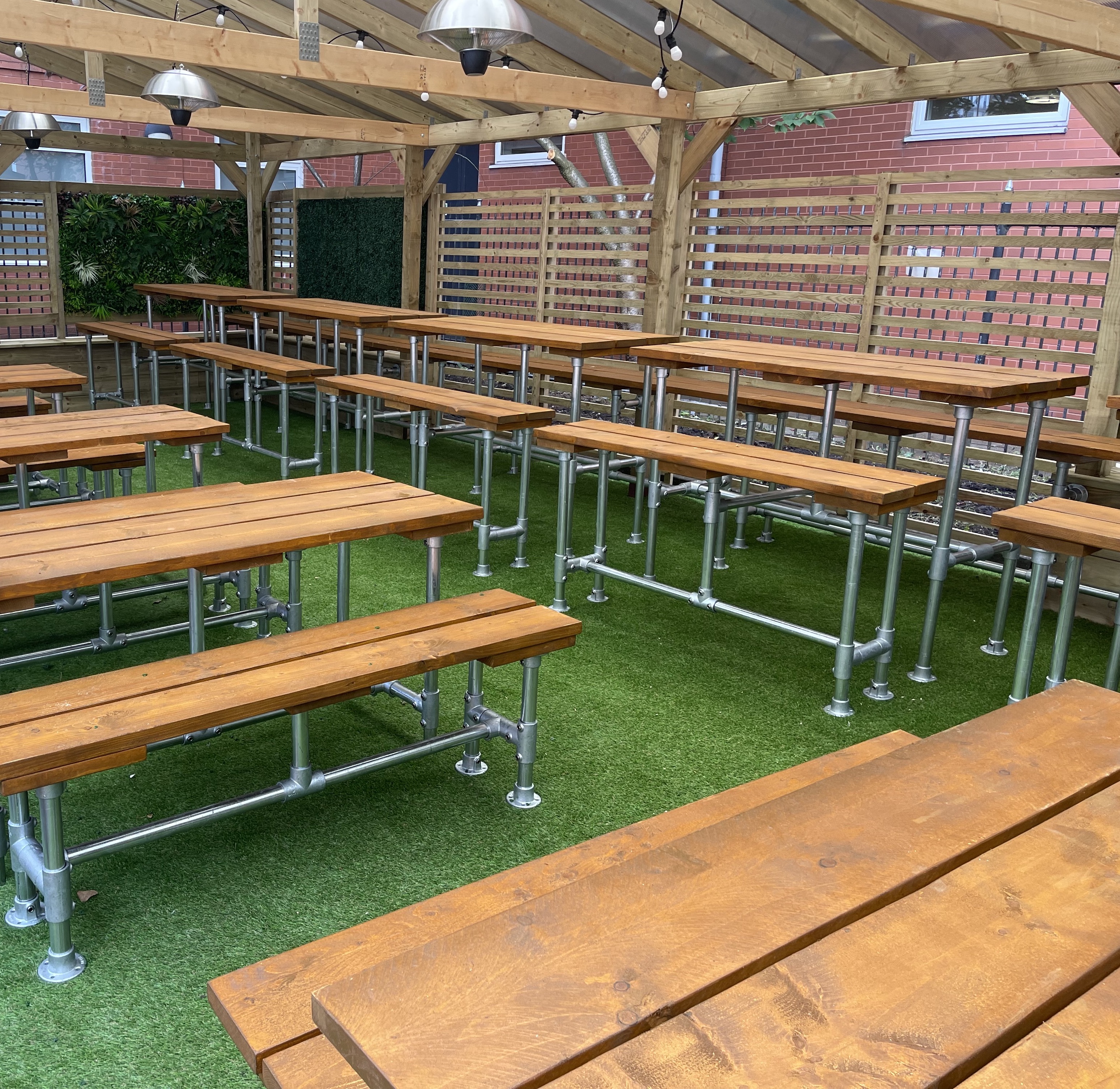
Mansfield Soft Furnishings - Outdoor Tube Clamp Furniture
How to treat your scaffolding boards
Now you’ve decided which sealer is better suited to your project, it’s time to treat the boards.
Weather conditions play an important role in when your project can be completed. Never use sealant outside in the rain, or in direct sunlight – rain will ruin the treatment, whereas UV light will flash dry the solution, preventing penetration.
There are two main methods of applying the solution – bristle brushes and lint-free cloths both achieve great results.
Bristle Brush
Cloths allow for an easy application – no need to brush or soak, simply wipe off. Unlike brushes however, cloths don’t offer as much coverage – and often require more than one application. Be sure to add an extra coat if necessary.
Synthetic bristle brushes are better suited to water-based staining – whereas natural brushes work great for oil-based solutions. There are 3 steps in the process…
Lint-Free Cloth
Bristle brushes carry a large amount of stain for quick, full coverage. However, watch out for brush marks and drips. Brushes can cause uneven coverage, so require attentiveness throughout the application process.
Similarly, the process has 3 easy steps…
Revitalise your home with scaffold DIY
Want to transform your home with scaffold DIY projects? We’ve got you covered! We have the durable timber you need to renovate your home. Giving it the sleek, contemporary edge it deserves – at an affordable price.
With scaffold board available in 7 standard lengths, and a free cutting service, you can always get the right products to meet your requirements. For more information, get in touch on 01274 875 479 or e-mail sales@themetalstore.co.uk
